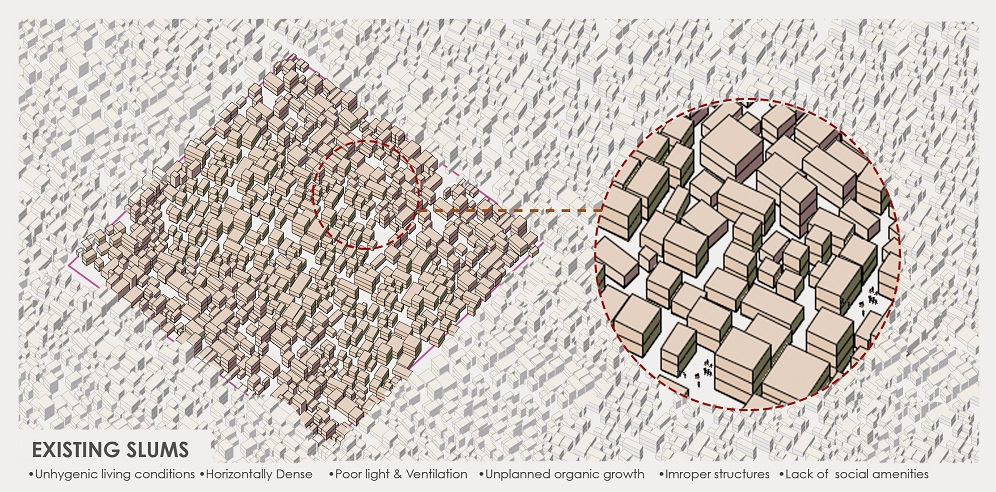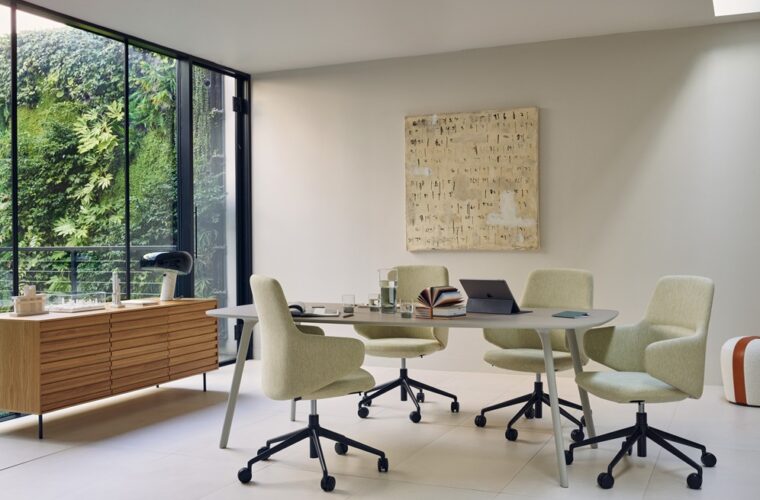Formalising the potential of self-development of slum communities
Ar. Rahul Kadri, Partner and Principal Architect, IMK Architects, Mumbai and Bengaluru
The Covid-19 outbreak has highlighted the often-overlooked slums and informal settlements of Mumbai, which comprise 49 per cent of the population. These neighbourhoods are characterised by an unusually high population density of up to 350 families per hectare against Mumbai’s average of 38 per cent (2011 Census), along with poor drinking water and sanitation facilities.
Cities are envisaged as the hub of economic, social, and technological opportunities, which bring forth an incessant flow of migrants. Widening differences between the growing city population and the physical and social infrastructure to accommodate the people lead to a lopsided pattern of urban development and increasing urban poverty.
The City of Dreams
With a premium attached to limited land and space, land and building stock prices have skyrocketed. This pushes incoming migrants to seek housing within low-cost and poorly designed shanties in informal settlements with extremely poor living conditions.
To alleviate the plight of people living in slums, private sector players introduced models of subsidized rental housing. However, lured by the assurance of FSI (Floor Space Index) and TDR (Transferable Development Rights) incentives in 1995’s Slum Rehabilitation Scheme (SRS), the needs of slum dwellers were shelved to prioritise profits to builders and developers.
SRS facilitates the redevelopment of slums through the concept of land-sharing where the open sale of housing units in the market allows the cross-subsidising of free units for the slum dwellers. However, the authority and discretion on decisions concerning the quality of construction lie in the hands of private developers, which have turned this scheme into an ineffective mission.
Drawbacks of builder-led redevelopment schemes
Driven by profit margins, developers use up to 75 per cent of the available land to build units that they can sell, while forcing the existing slum dwellers into the remaining 25 per cent. This transforms horizontal slums into vertical ones in the name of high-rise development, which ends in occupant discomfort and health due to poor indoor air quality. The lack of recreational and community spaces also restricts occupants from engaging in community or livelihood activities, which is inherently tied to the socio-economic fabric of informal settlements.
Power to the People
Self-Development of Slum Communities (SDSC), a process where slum occupants take on the mantle of redevelopment themselves supported by the expertise of appropriate professionals, might provide the solution. It aims to accelerate the entire process of redevelopment with the self-intent of the community and makes residents the primary stakeholders for a transparent and inclusive design process.
They can be easily incorporated within city development plans by transferring the development rights of land parcels marked as slums to the association of the neighbourhood’s current inhabitants. The government needs to reduce permissible FSI to ensure that ‘vertical slums’ do not form again, and discontinue levying the charges to reduce project costs significantly.
This would allow residents to fund the construction through personal loans along with liquid capital raised by the sale of new units from the development. The loans could be repaid with monthly EMI instalments with appropriate subsidies, which would be far lower than the unusually high rents that occupants pay for remarkably low square footage.
Envisioning a slum-free city
It’s important to understand that the vision of a slum-free city needs to be viewed through the lens of inclusive development. Elimination and clearance of slums have to be substituted for the up-gradation of living conditions, provision of access to basic services, and participation of the current slum dwellers in policy conception. Only with a multi-faceted approach to redevelopment that incorporates economic, environmental and cultural sustainability, could we conceive self-contained sustainable communities of the future.









